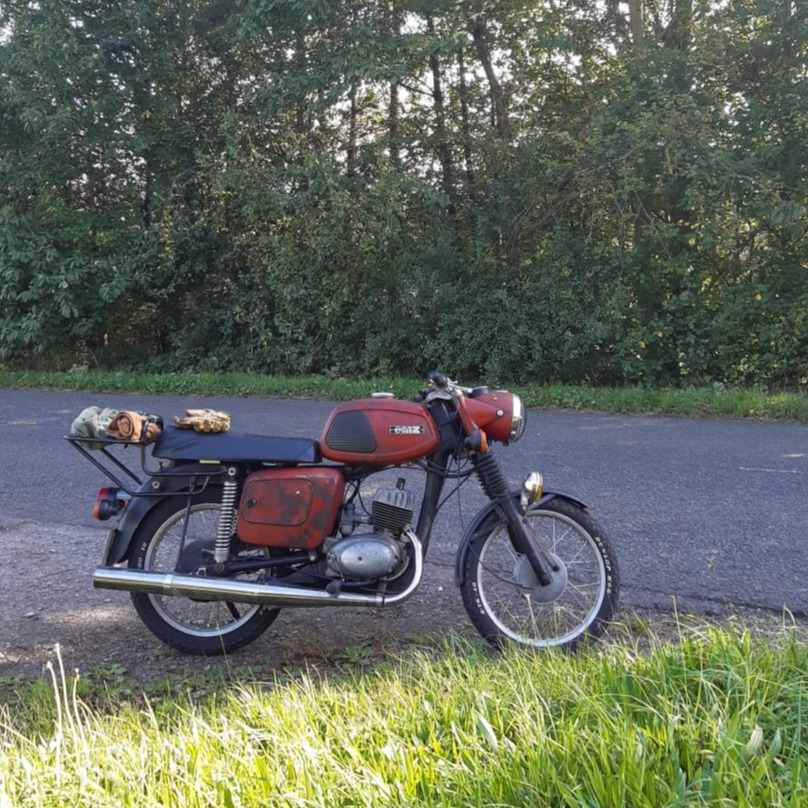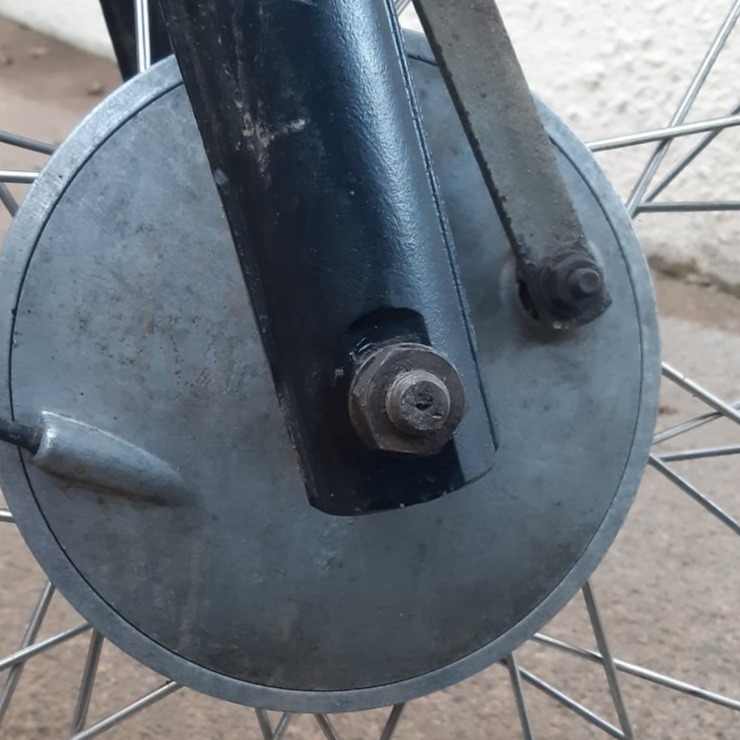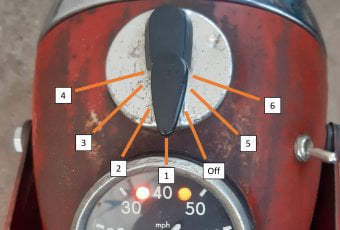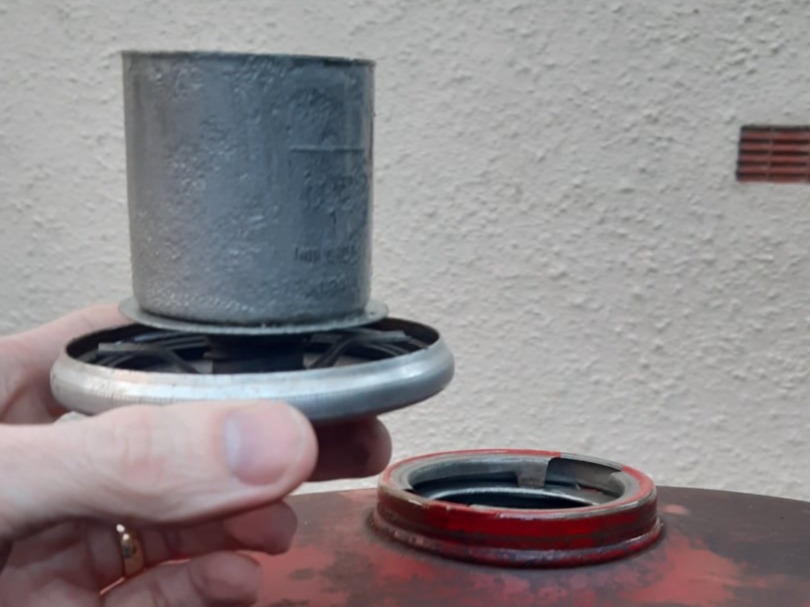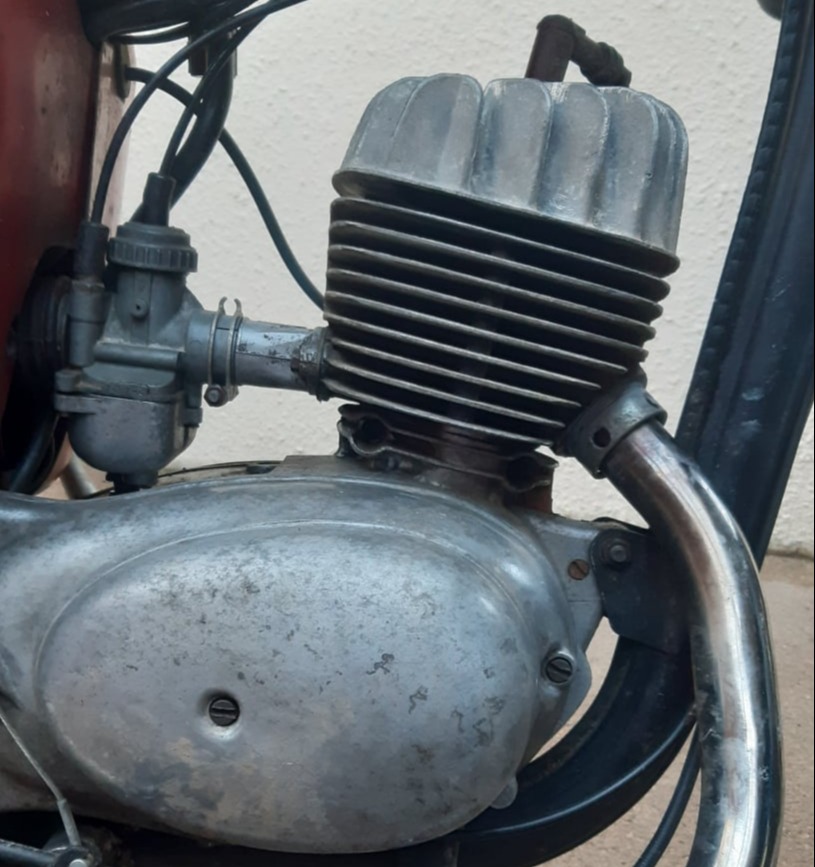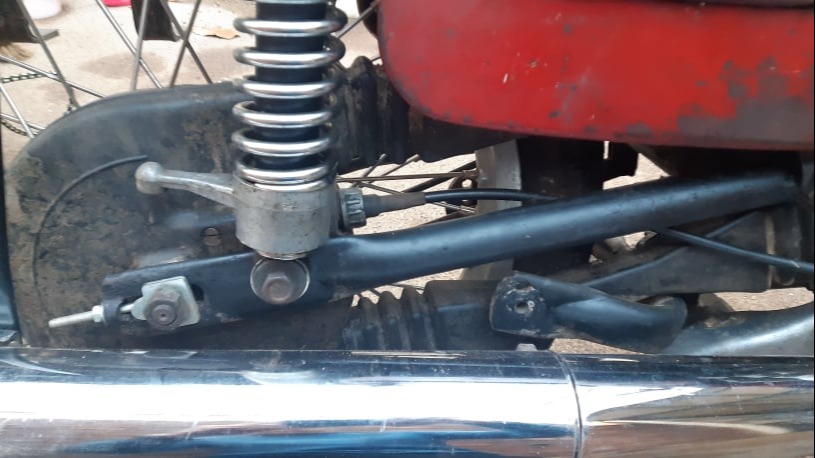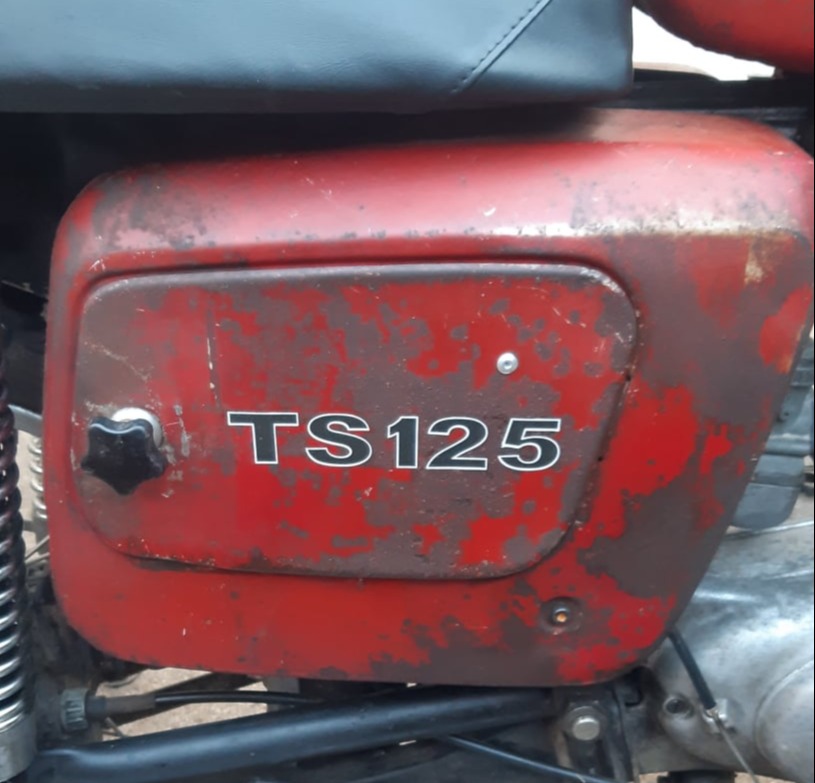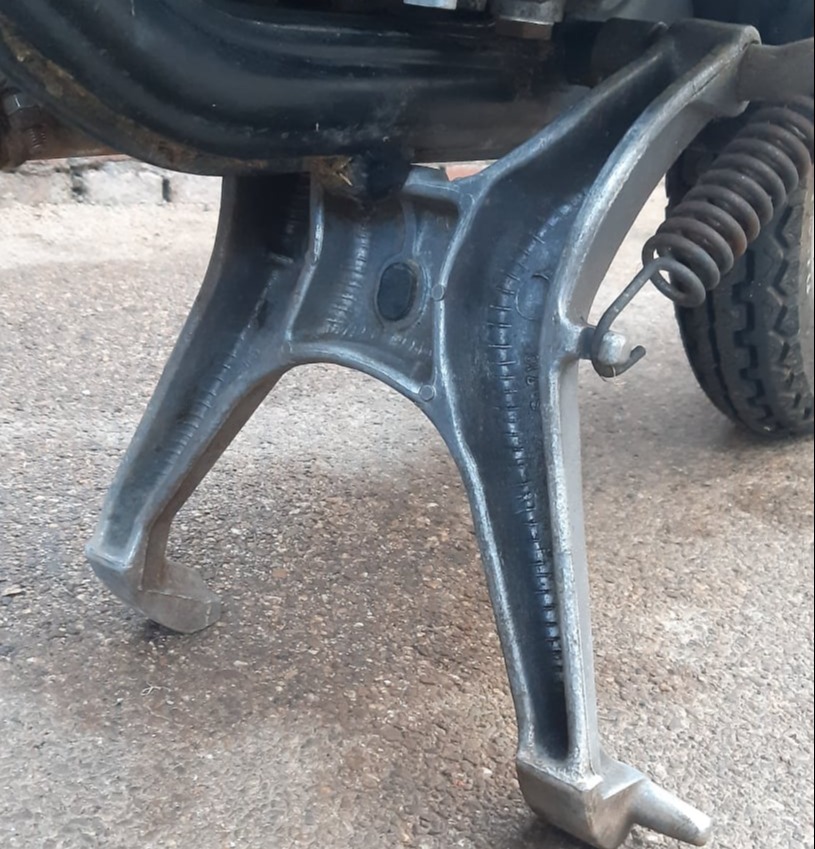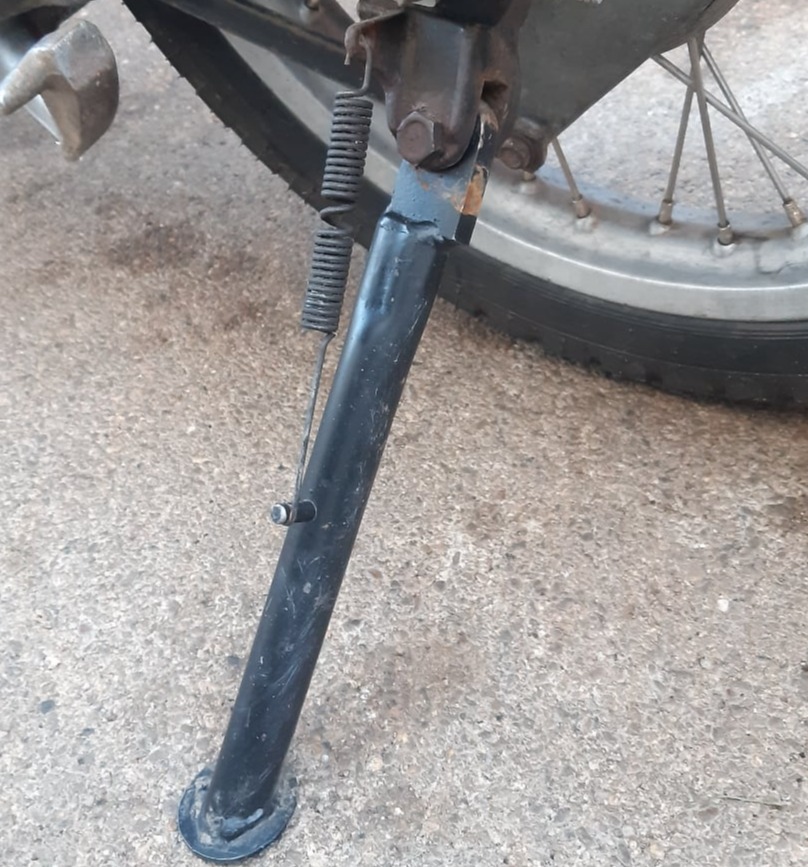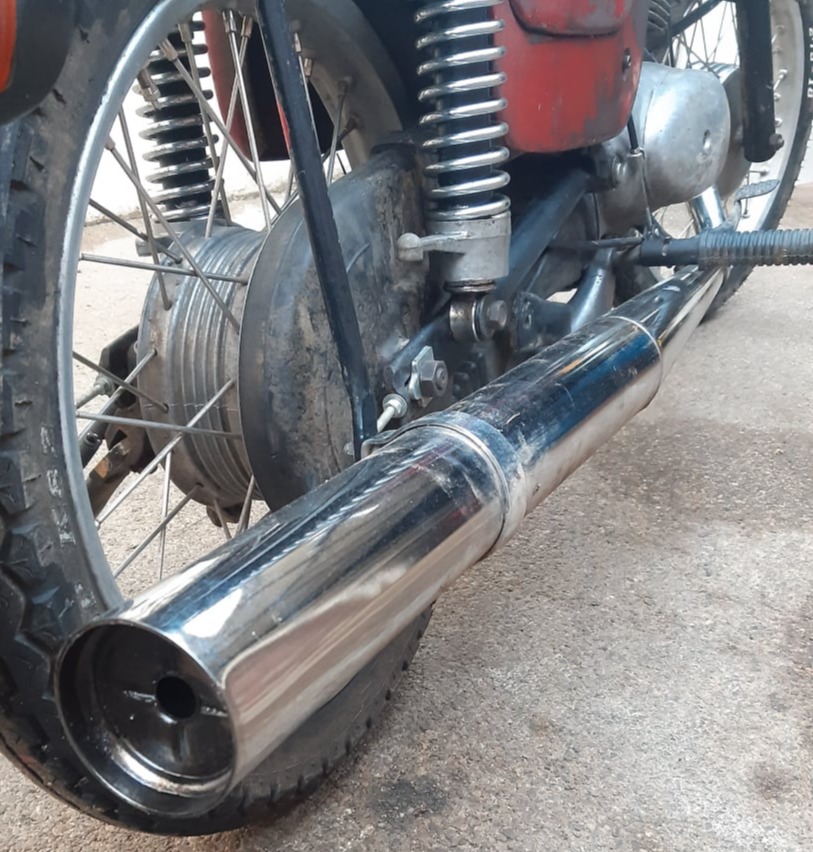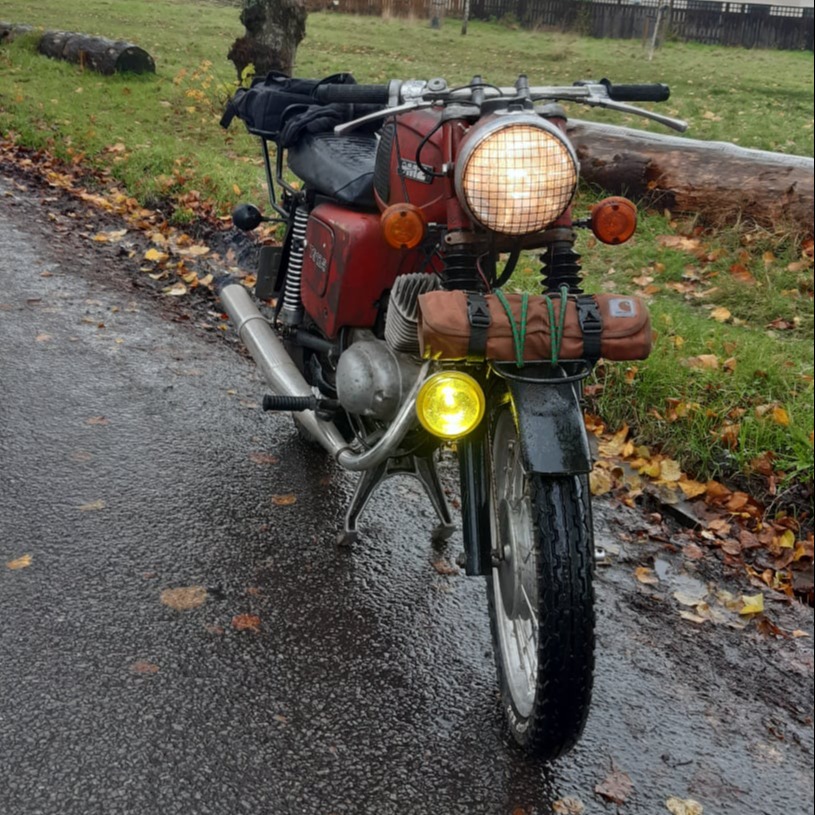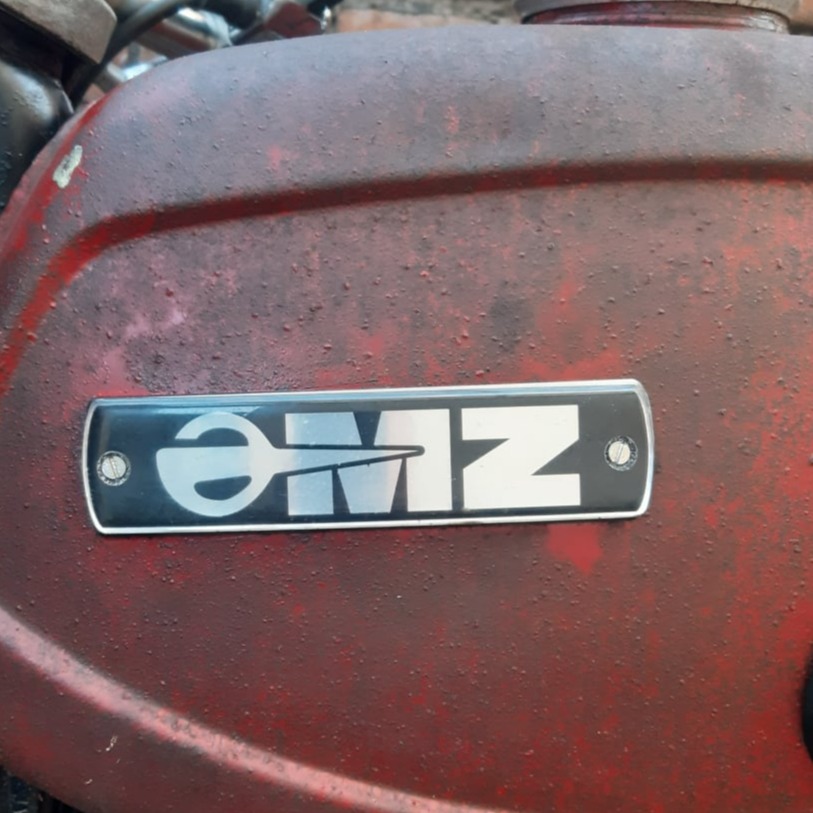
MZ Motorcycles
The MZ motorcycle company has a long and varied history interrupted by take-overs, mergers and wars.
But after WWII, MZ produced their RT125cc which later found its way, under licence, into the BSA bantams and Harleys of the post war years. Bikes of this design were made in their thousands and helped to mobilise populations after the conflict and also helped to establish MZ as a competent motorcycle manufacturer.
